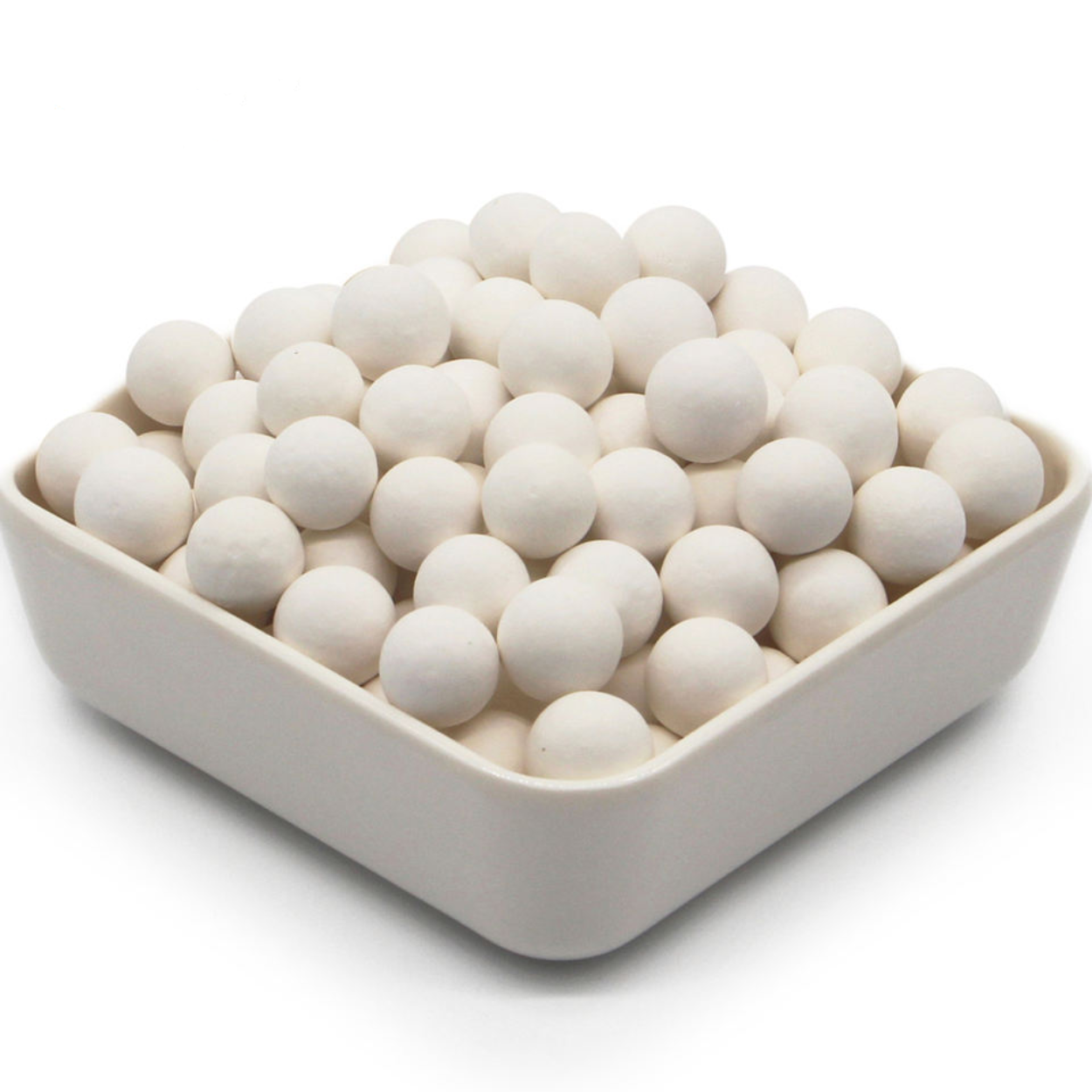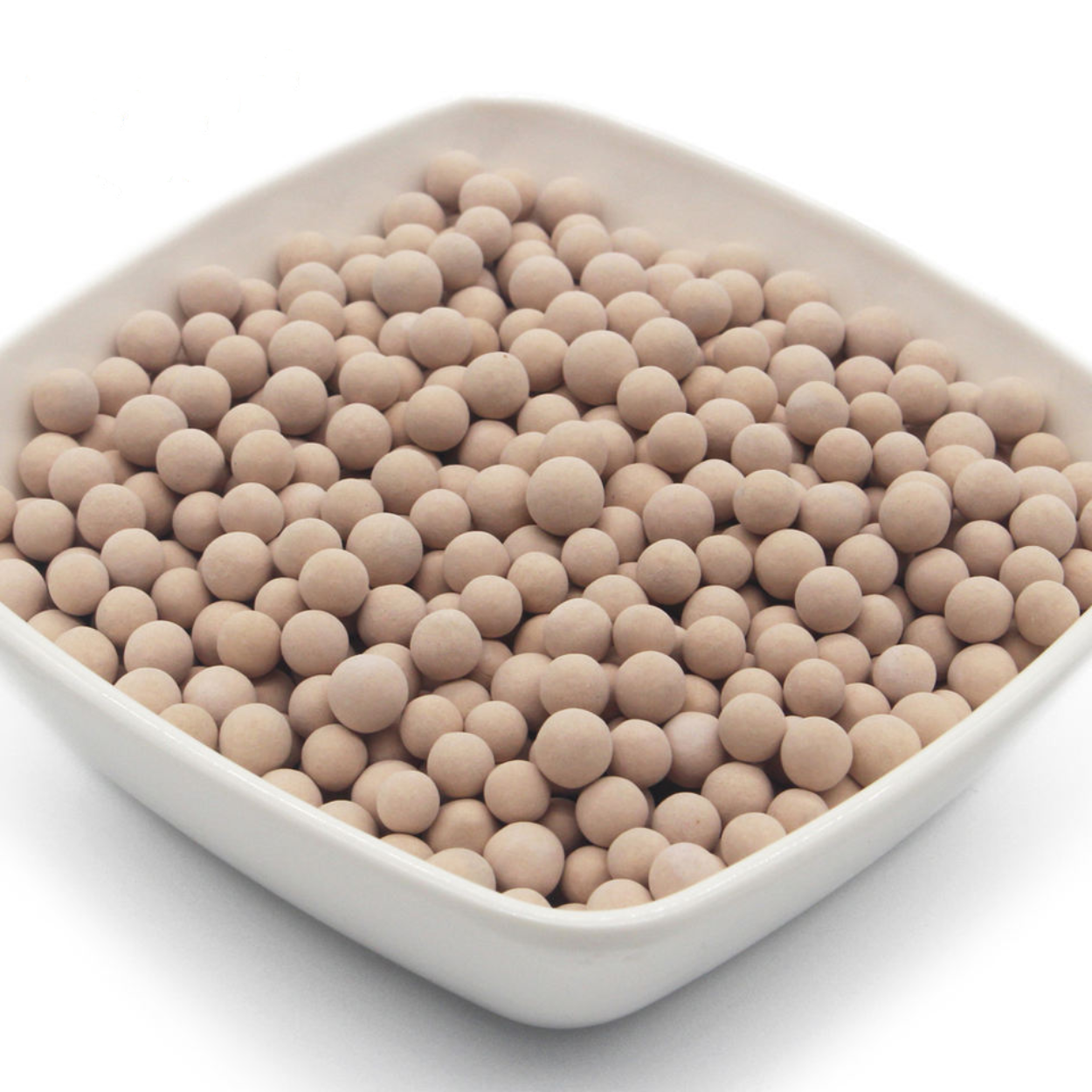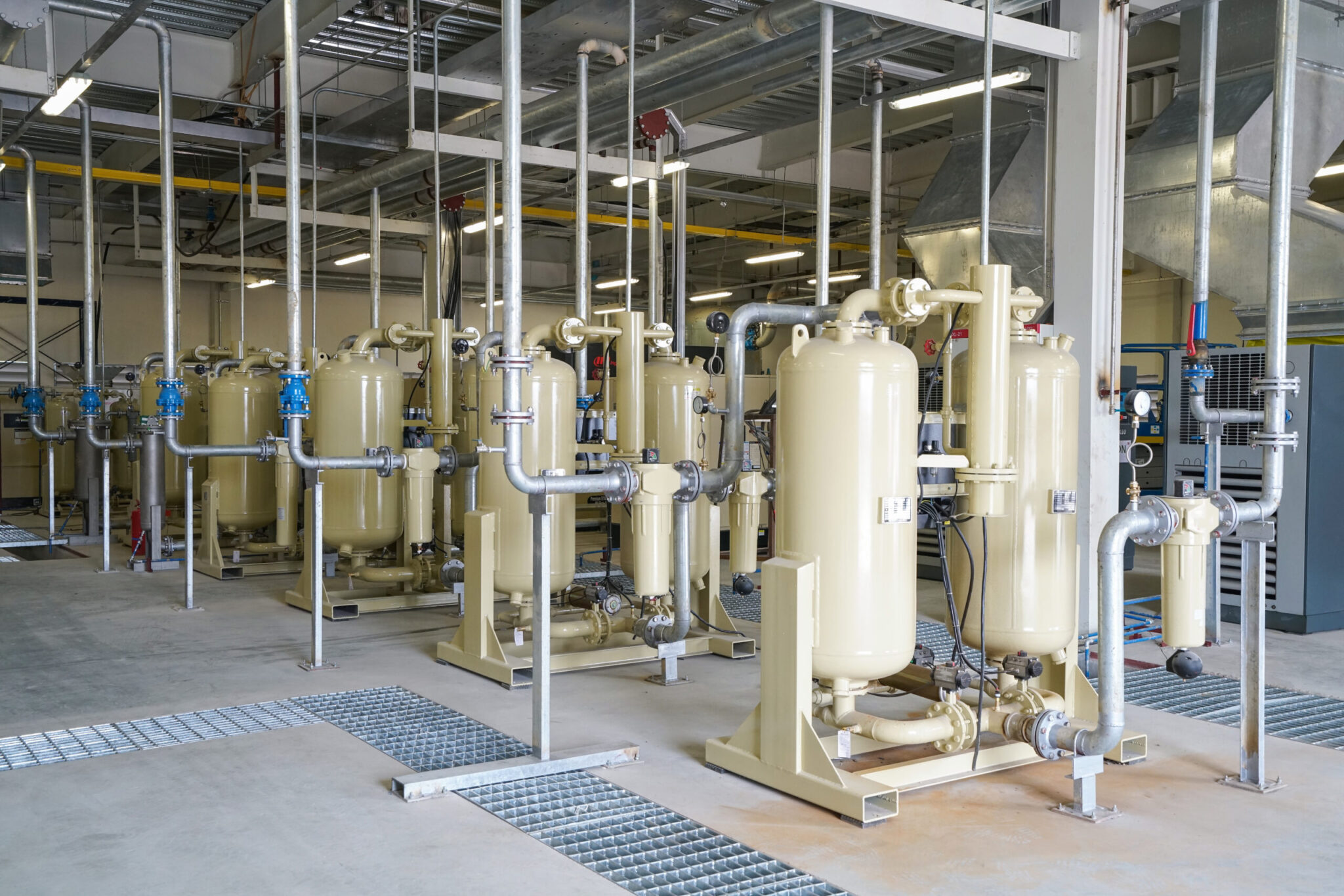
Manufacturer 4A vs 3A Molecular Sieves in LNG Dehydration
LNG dehydration mainly uses 4A molecular sieves for water and hydrocarbon removal, while 3A suits cases needing zero hydrocarbon adsorption.
Molecular sieves are microporous materials widely used as adsorbents and catalysts in gas separation, drying, purification, and catalytic processes. Choosing the right molecular sieve involves several factors, with pore size and polarity matching being the most critical. This article explains how to scientifically select a molecular sieve based on the target molecule’s properties.
Molecular sieves are primarily crystalline aluminosilicates (zeolites) or other porous materials (e.g., MOFs, carbon molecular sieves), characterized by their regular pore structures. Common types include:
Each sieve differs in pore size and surface chemistry, requiring careful selection based on molecular size and polarity.
A molecular sieve’s core function is size-selective adsorption — only molecules smaller than the pore can enter. Selection principles:
Molecular Kinetic Diameter:
The target molecule’s kinetic diameter must be smaller than the sieve’s pore size.
Examples:
Water (H₂O): ~2.6 Å → 3A/4A sieves
Nitrogen (N₂): ~3.6 Å → 4A sieve
Benzene (C₆H₆): ~5.8 Å → 13X sieve
Shape Selectivity:
Some sieves (e.g., ZSM-5) have channel structures favoring linear molecules (n-alkanes) over branched or cyclic compounds (isoparaffins).
Beyond size, the sieve’s surface polarity affects adsorption strength:
– Polar Sieves (3A, 4A, 13X):
Stronger affinity for polar molecules (H₂O, CO₂, H₂S)
Examples:
– Non-polar or Weakly Polar Sieves (CMS, some MOFs):
Better suited for non-polar molecules (CH₄, N₂, O₂)
Example:
– Gas Separation:
– Water removal:
– Organic solvent dehydration:
– Catalytic Processes:
Selecting the right molecular sieve requires balancing pore size and polarity:
By scientifically matching pore size and polarity, you can maximize adsorption efficiency, enhance separation selectivity, and achieve optimal performance in industrial processes.

LNG dehydration mainly uses 4A molecular sieves for water and hydrocarbon removal, while 3A suits cases needing zero hydrocarbon adsorption.

Achieve ultra-deep dehydration of cracked gas with 3A molecular sieves—remove water without ethylene/propylene loss, ensuring catalyst life and product purity.

Home Desiccant Activated Alumina for air compressor drying gas purification wholesale Email WhatsApp Product Inroduction: Desiccant Activated Alumina for air

Home Adsorbent Zeolite 13x Molecular Sieve for Removing Odor From LPG in air Freshener Plant Email WhatsApp Product Inroduction: Adsorbent Zeolite
As a leading molecular sieve manufacturer, we share the latest industry news and insights on adsorbents like molecular sieves, sieve powder, and activated alumina.

5A molecular sieve desiccants offers efficient gas separation, purification, and dehydration solutions across petrochemical, energy, and environmental industries.

4A molecular sieve ensures ultra-dry, oil-resistant compressed air, improving dew point, reducing costs, and boosting efficiency in industrial air systems.

3A activated powder adsorbing moisture is ideal for polyurethane floor glue in building chemical.